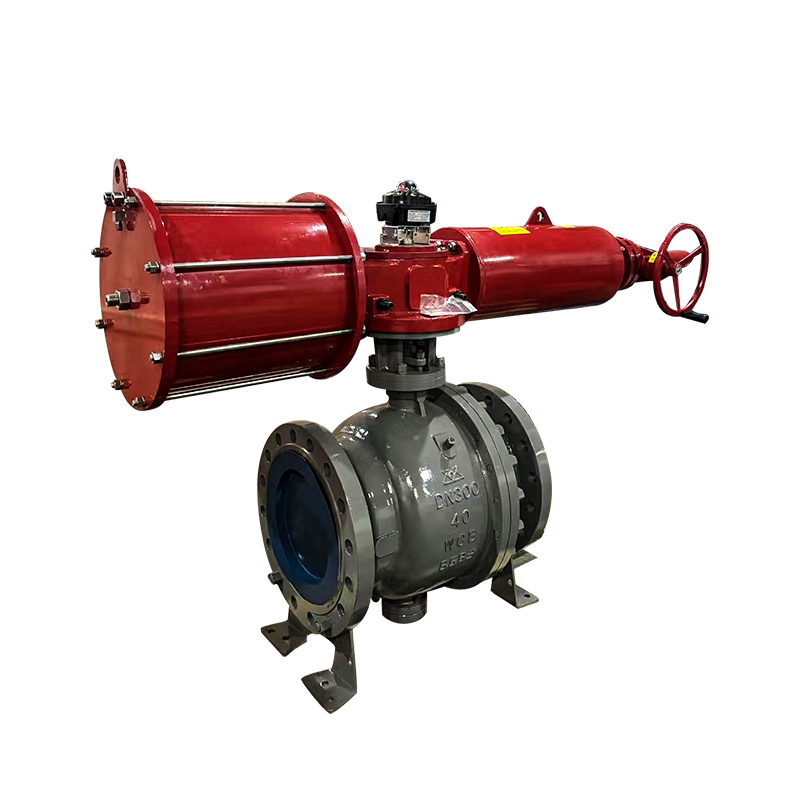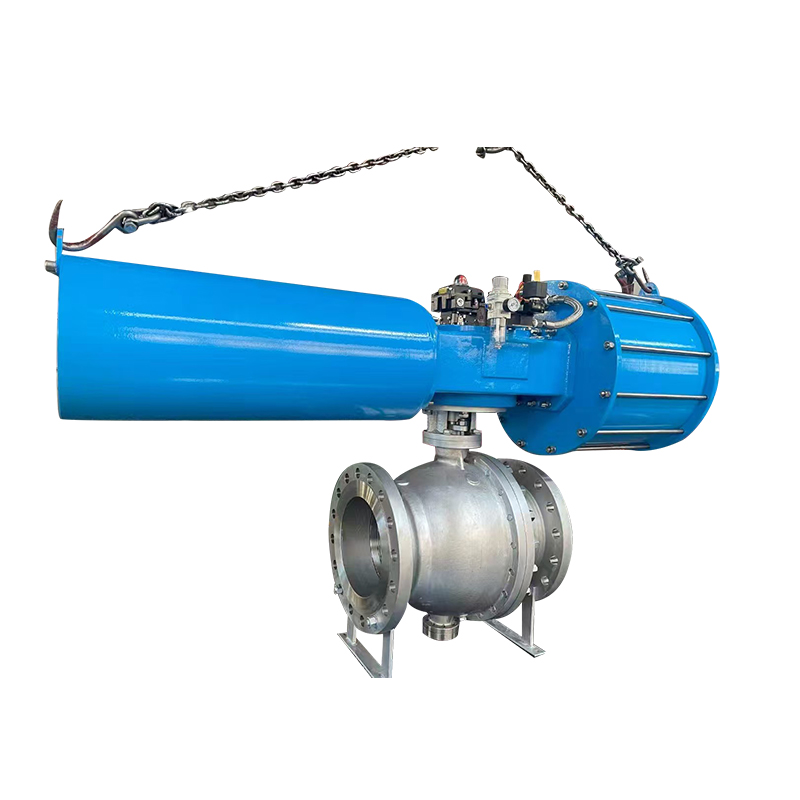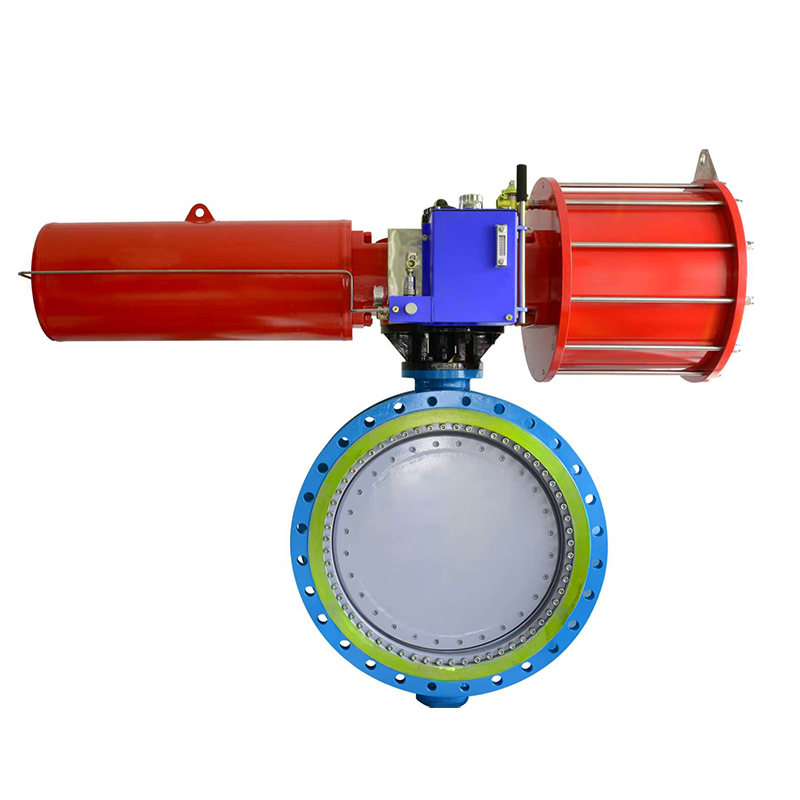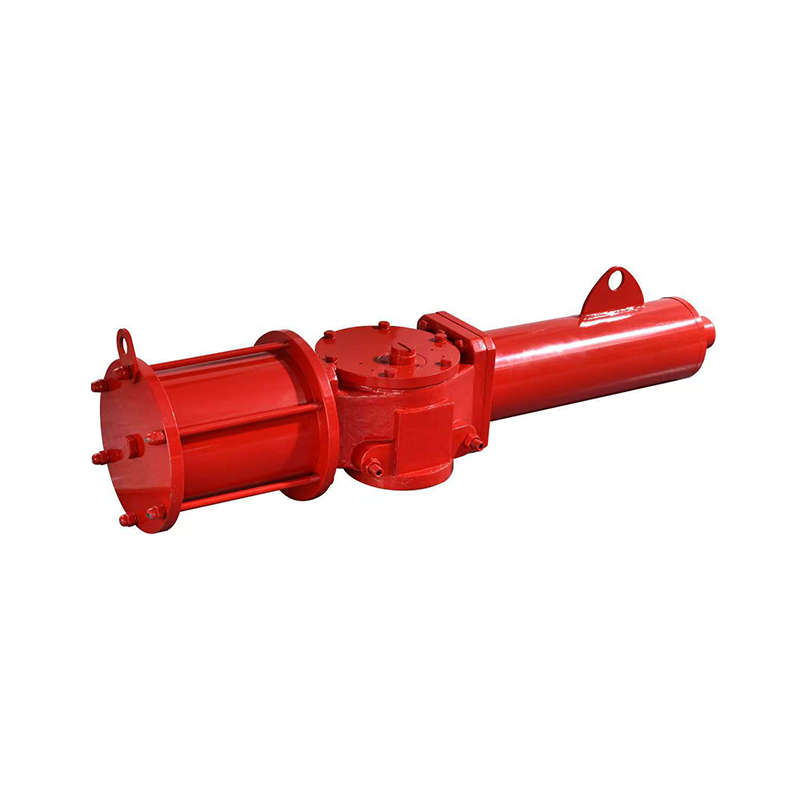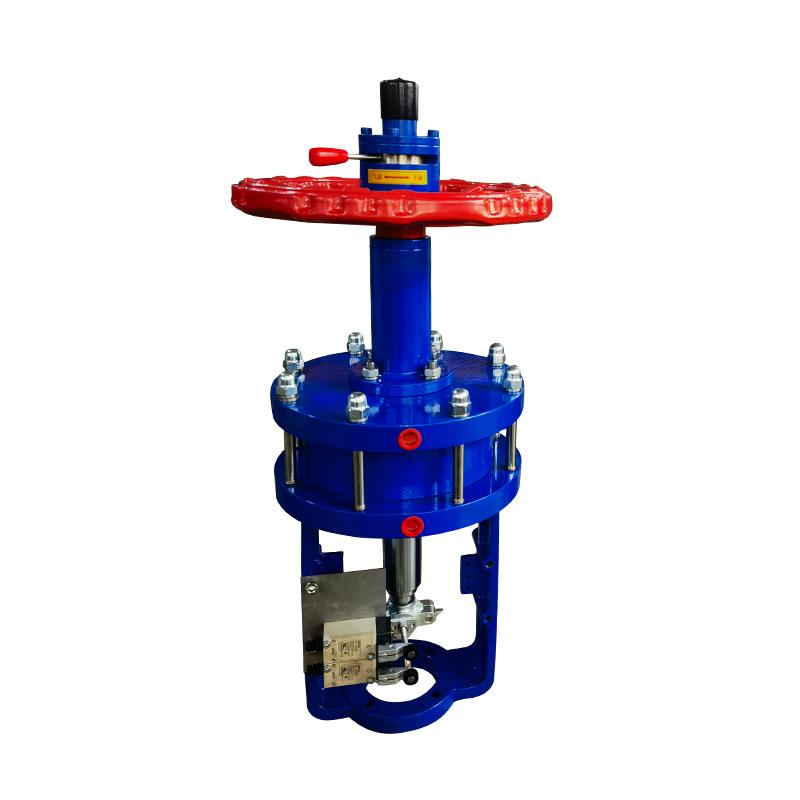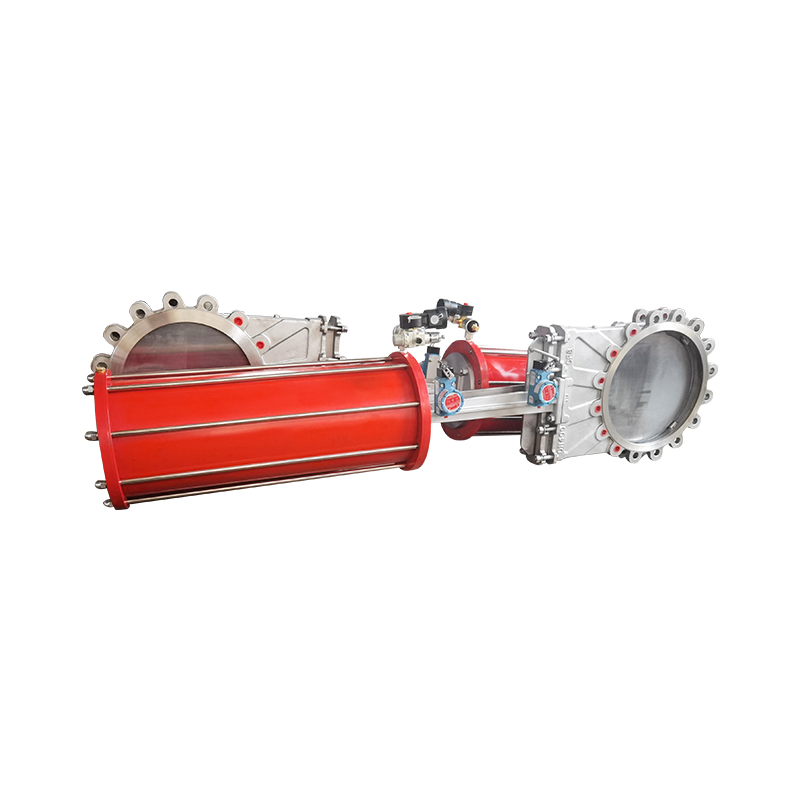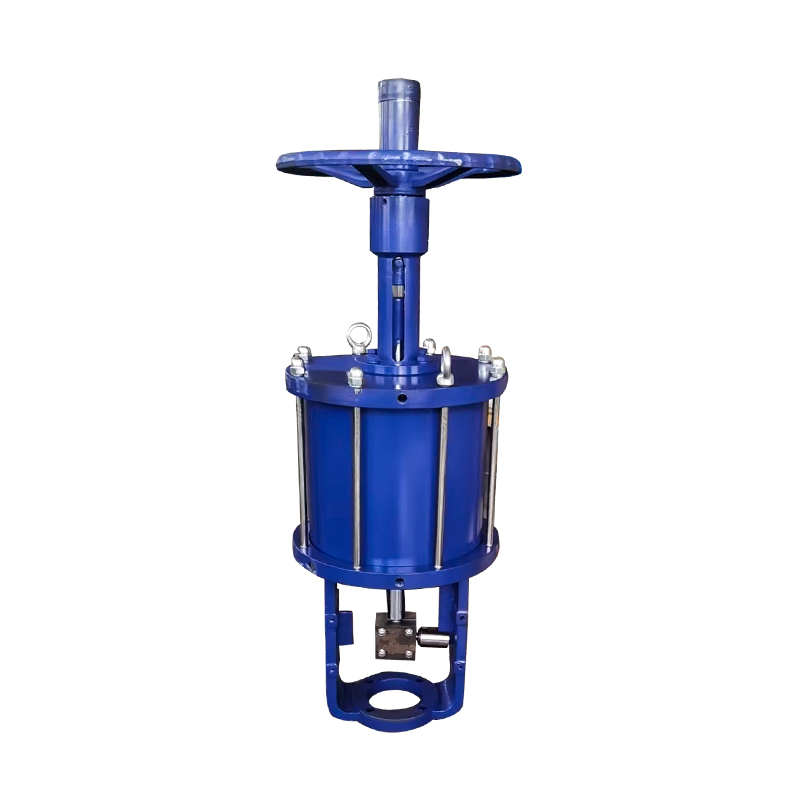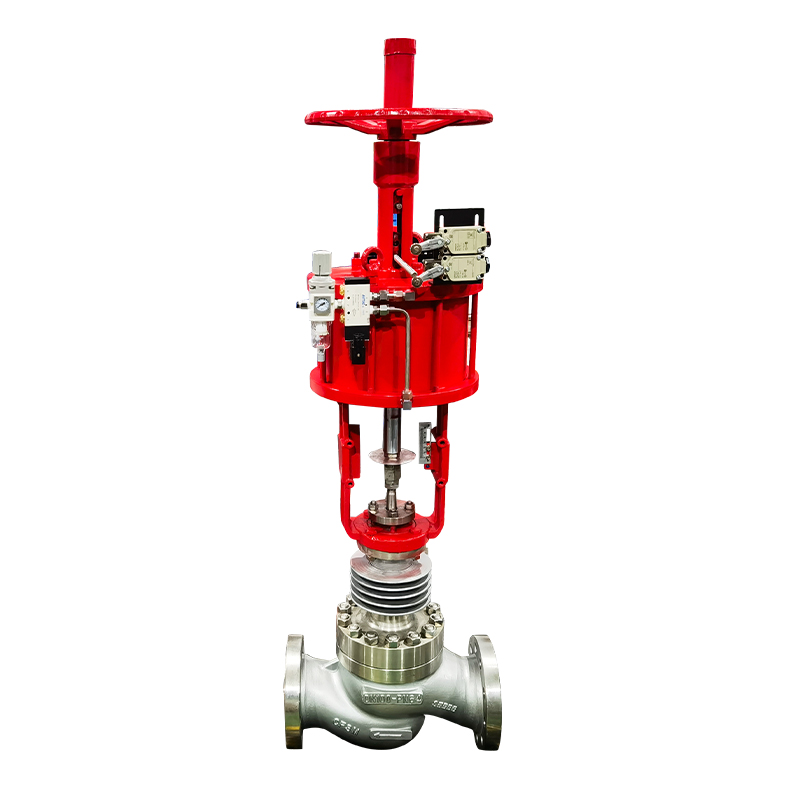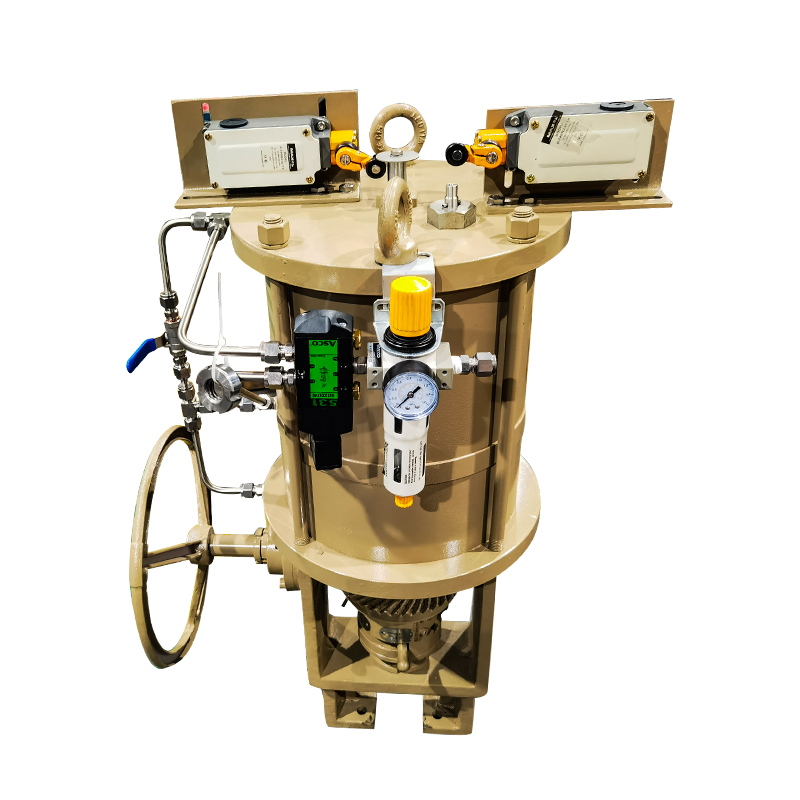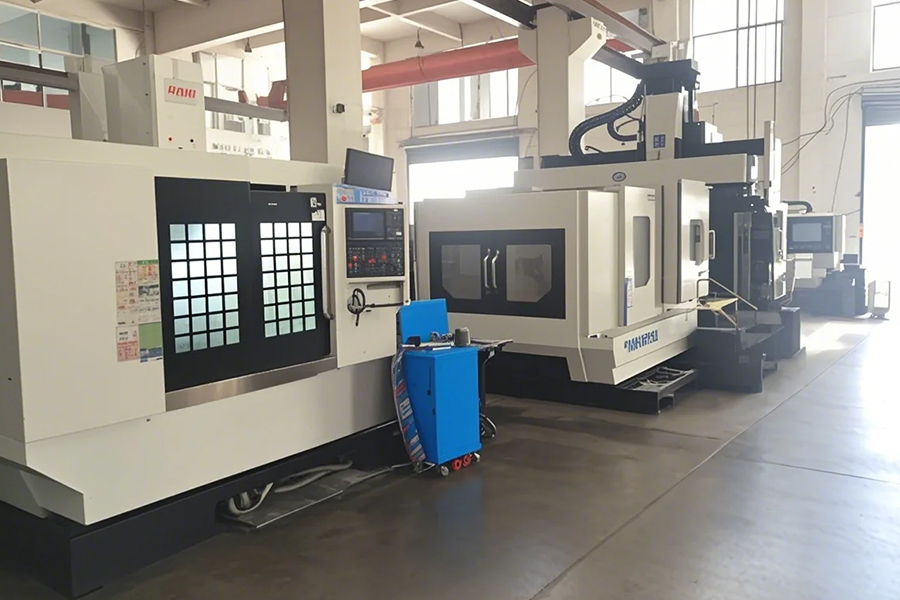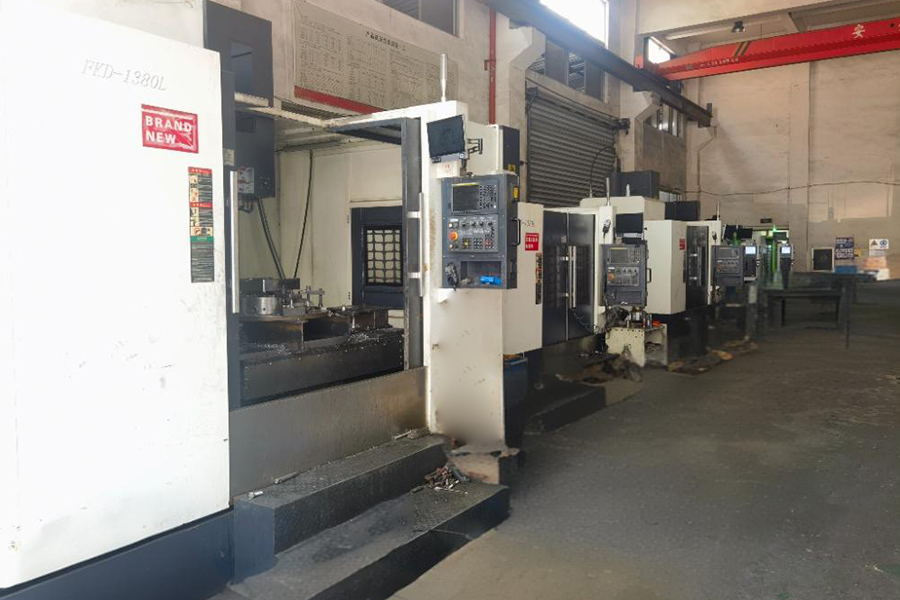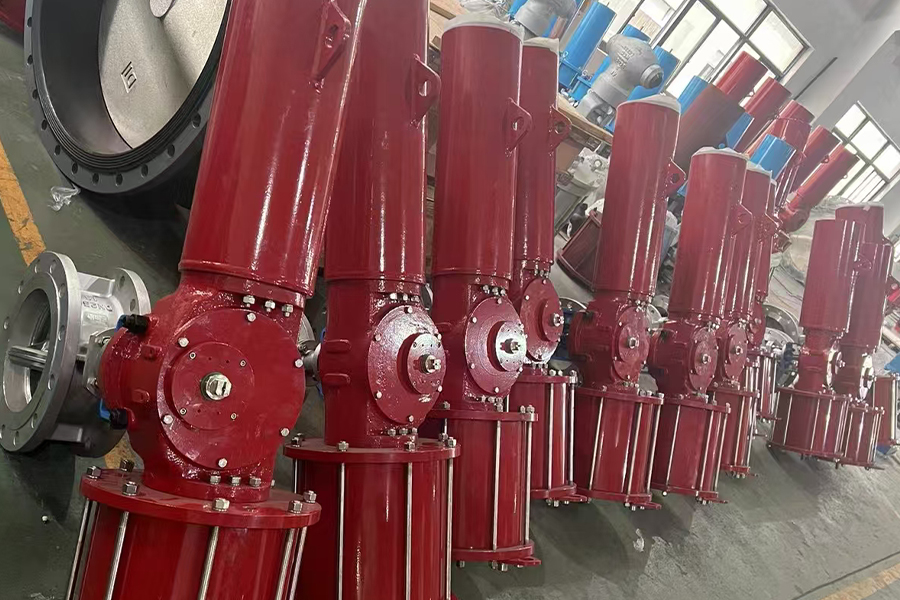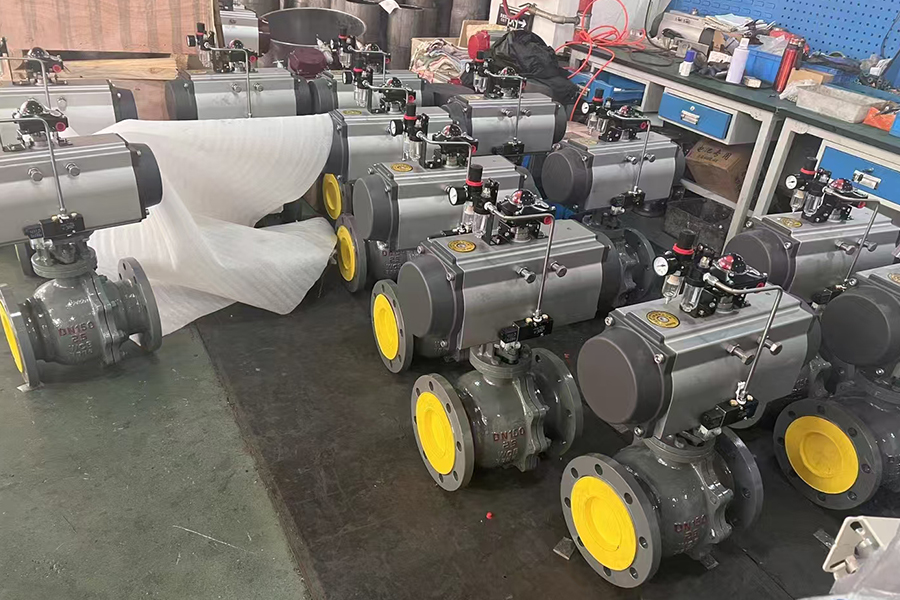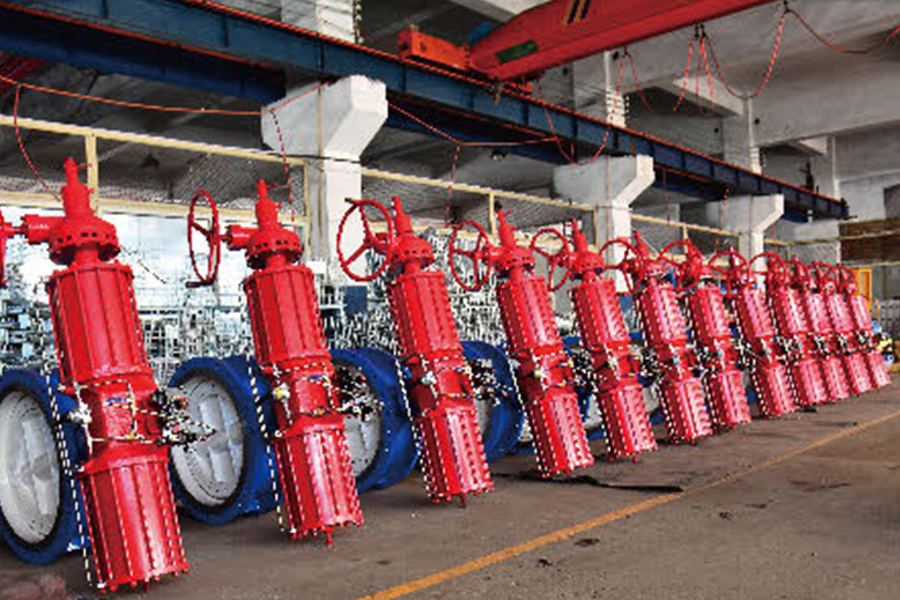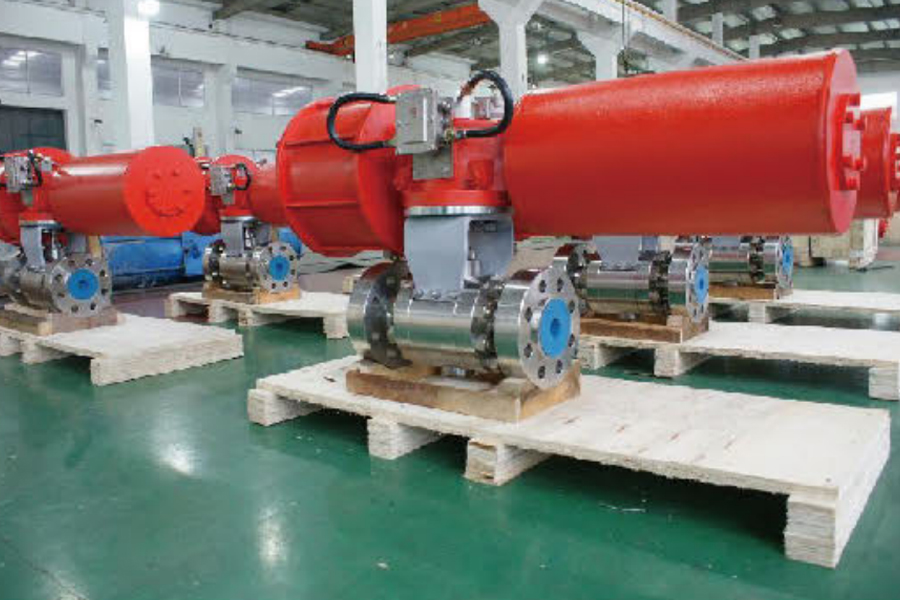In industrial applications, valves play a crucial role in controlling the flow of liquids, gases, or slurries within pipelines. Among the many types of valves used, the 10 Inch Pneumatic Operated Butterfly Valve stands out for its reliability, versatility, and cost-effectiveness. These valves are used in a wide range of industries, from chemical processing to water treatment, and they offer an array of benefits that make them a popular choice for both large-scale operations and smaller systems.
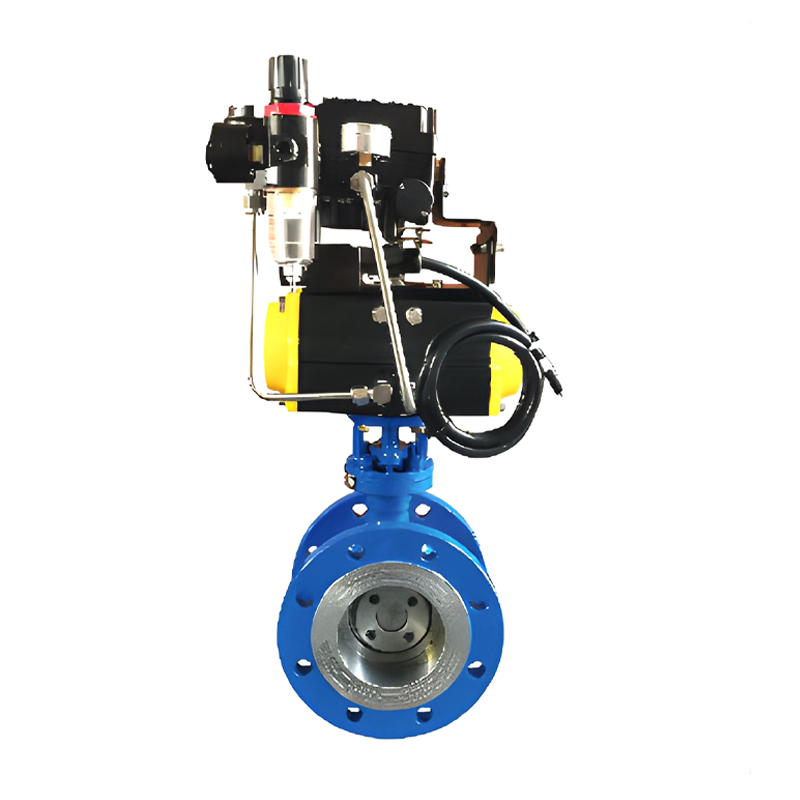
The reliability of the 10 Inch Pneumatic Operated Butterfly Valve begins with its design. This type of valve features a simple yet effective structure that consists of a rotating disk (the "butterfly") that opens and closes to regulate flow. The pneumatic actuator is used to control the position of the valve, providing fast and efficient operation. The actuator operates using compressed air, which means the 10 Inch Pneumatic Operated Butterfly Valve can be easily controlled remotely, making it ideal for automated systems.
The materials used in the construction of the 10 Inch Pneumatic Operated Butterfly Valve further enhance its reliability. Typically made from corrosion-resistant metals such as stainless steel, these valves are designed to withstand harsh environments, including high-pressure systems and chemically aggressive fluids. The valve body, along with its seals and actuator components, is engineered to resist wear and tear, ensuring that the valve remains operational for extended periods without failure.
One of the key reasons for the reliability of the 10 Inch Pneumatic Operated Butterfly Valve is its exceptional operational efficiency. When it comes to controlling flow rates, this valve provides precise modulation. The 10 Inch Pneumatic Operated Butterfly Valve is known for its ability to manage flow with minimal pressure drop, which means that the system operates more efficiently and energy consumption is reduced.
Additionally, the design of the butterfly valve allows for quick response times. The 10 Inch Pneumatic Operated Butterfly Valve can open and close in a matter of seconds, which is a significant advantage in applications where rapid flow adjustments are necessary. This responsiveness ensures that the system operates smoothly, with minimal downtime. The actuator's pneumatic control ensures fast opening and closing, which is especially important for systems requiring frequent adjustments or handling fluctuating pressures.
The 10 Inch Pneumatic Operated Butterfly Valve is highly versatile, making it a reliable choice across many industries. It is commonly used in applications such as water treatment, oil and gas, food processing, and HVAC systems. Its ability to handle a wide range of fluids—including slurries, gases, and liquids—makes it a flexible option in environments where diverse conditions exist.
For example, in water treatment plants, the 10 Inch Pneumatic Operated Butterfly Valve helps regulate the flow of water, ensuring consistent pressure and flow rates. In chemical processing, it can control the flow of corrosive substances, while in the food and beverage industry, it maintains hygienic standards by controlling the flow of ingredients with precision. The versatility of this valve allows it to be used in various applications without compromising on performance, thus contributing to its overall reliability.
The reliability of the 10 Inch Pneumatic Operated Butterfly Valve is also attributed to its low-maintenance requirements. The simple design means there are fewer moving parts compared to other types of valves, which minimizes the potential for failure. Additionally, the valve's ability to handle high temperatures and pressure fluctuations means it can withstand demanding conditions without significant wear.
Routine maintenance for the 10 Inch Pneumatic Operated Butterfly Valve typically involves inspecting and replacing seals, lubricating the actuator, and ensuring that the pneumatic connections are secure. These maintenance tasks are relatively simple and inexpensive compared to other valve types, making it a cost-effective option in the long term. Proper maintenance ensures that the valve operates reliably over time, with minimal risk of failure.








